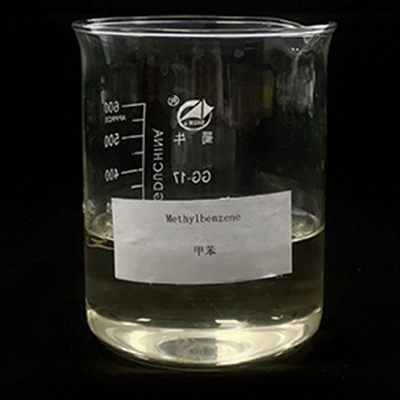DBU phenol salt, like DBU (1,8-diazabicyclo[5.4.0]undec-7-ene), is often used as a base in deprotection reactions in organic synthesis.
Here’s how it can be utilized in such reactions:
- Protection Groups: In organic synthesis, certain functional groups on organic molecules are protected or masked to prevent them from participating in unwanted reactions during a multi-step synthesis. For example, the Fmoc (9-fluorenylmethyloxycarbonyl) group is commonly used to protect the amino group in peptide synthesis.
- Deprotection: When it’s time to remove the protective group and expose the reactive functional group underneath, a deprotection reaction is carried out. In the case of Fmoc deprotection, DBU phenol salt can be employed.
- Reaction Setup: Typically, the compound with the protective group is treated with a solution of DBU phenol salt. The reaction is often carried out in an organic solvent like DMF (dimethylformamide) or DCM (dichloromethane).
- Reaction Conditions: The reaction is performed under appropriate conditions, such as temperature and reaction time, which depend on the specific reaction and protecting group.
- Removal of Protective Group: DBU phenol salt, acting as a base, facilitates the removal of the protective group by deprotonating the group and converting it back to the original functional group. In the case of Fmoc deprotection, the amino group is revealed.
- Workup: After the deprotection reaction, the reaction mixture is typically quenched or worked up to neutralize any excess DBU phenol salt and adjust the pH if necessary.
- Isolation and Purification: The deprotected product is then isolated and purified through various techniques, such as chromatography.
DBU phenol salt is particularly useful in deprotection reactions because of its strong basicity and effectiveness in removing protecting groups. China DBU phenol salt manufacturers However, it’s essential to consider reaction conditions, solvents, and the nature of the protective group when planning and conducting such reactions to ensure high yields and purity in organic synthesis.
How does DBU phenol salt function as a base catalyst in chemical reactions?
DBU phenol salt, like DBU (1,8-diazabicyclo[5.4.0]undec-7-ene), functions as a base catalyst in chemical reactions due to its strong basic properties. Here’s how it operates as a base catalyst:
- Basicity: DBU phenol salt is a highly basic compound. It has a pair of nitrogen atoms within its structure that can readily accept a proton (H+), making it an effective base.
- Proton Abstraction: In chemical reactions, DBU phenol salt can abstract a proton (H+) from an acidic site in the reactant molecule. This deprotonation step can lead to the formation of a nucleophile or initiate other reaction pathways.
- Catalysis: The deprotonation of an acidic site is often the rate-determining step in many reactions. By facilitating this deprotonation, DBU phenol salt increases the reaction rate and enables reactions to proceed under milder conditions.
- Versatility: DBU phenol salt is versatile and can catalyze various reactions, such as esterifications, amidations, nucleophilic substitutions, and deprotonations of various functional groups.
- Stability: It is stable in many organic solvents, making it suitable for a wide range of organic reactions.
- Selectivity: DBU phenol salt can be employed to selectively deprotonate specific functional groups in a molecule, allowing for precise control in complex synthesis.
When used as a base catalyst, DBU phenol salt is particularly effective in reactions where the deprotonation of an acidic site is required to initiate the reaction or facilitate a key step. Its strong basicity and stability make it a valuable tool in organic synthesis and various chemical processes. However, its use should be carefully optimized based on the specific reaction conditions to achieve the desired results.

